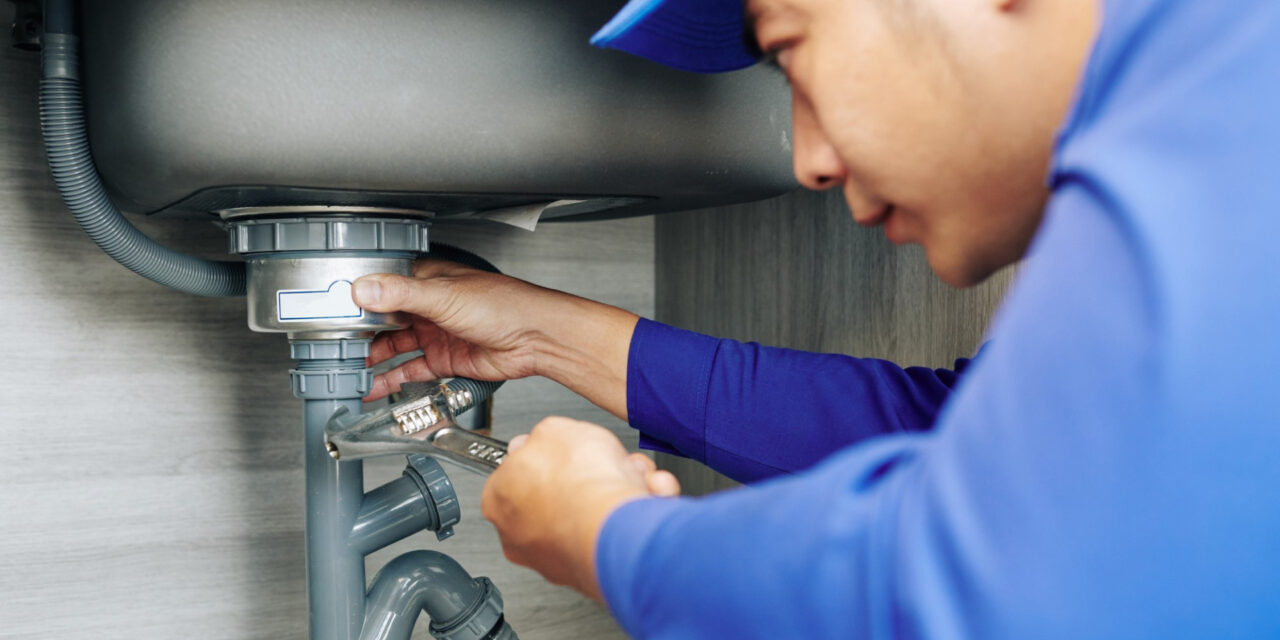How to Examine If Your Residence Has a Concealed Leak
How to Examine If Your Residence Has a Concealed Leak
Blog Article
Almost everyone maintains their own unique perception when it comes to Detecting hidden plumbing leaks.

Early discovery of dripping water lines can minimize a potential catastrophe. Some small water leakages might not be noticeable.
1. Examine the Water Meter
Every house has a water meter. Inspecting it is a guaranteed way that assists you discover leakages. For beginners, switch off all the water resources. Make certain no person will certainly purge, use the faucet, shower, run the washing machine or dishwasher. From there, go to the meter and watch if it will certainly transform. Since no person is utilizing it, there need to be no activities. If it relocates, that shows a fast-moving leakage. Similarly, if you spot no changes, wait an hour or two and also examine back once more. This suggests you might have a sluggish leakage that might also be below ground.
2. Inspect Water Consumption
If you detect unexpected changes, regardless of your consumption being the very same, it implies that you have leakages in your plumbing system. An unexpected spike in your bill suggests a fast-moving leak.
At the same time, a stable boost monthly, despite having the same behaviors, shows you have a slow-moving leak that's likewise slowly intensifying. Call a plumber to thoroughly inspect your residential or commercial property, specifically if you feel a warm location on your flooring with piping underneath.
3. Do a Food Coloring Examination
30% comes from toilets when it comes to water usage. Examination to see if they are running properly. Drop flecks of food shade in the tank as well as wait 10 mins. There's a leak between the storage tank as well as dish if the shade somehow infiltrates your bowl during that time without flushing.
4. Asses Exterior Lines
Don't neglect to check your outdoor water lines also. Should water seep out of the link, you have a loosened rubber gasket. One small leakage can squander heaps of water as well as surge your water expense.
5. Examine as well as Evaluate the Situation
House owners must make it a routine to check under the sink counters and also inside cupboards for any type of bad odor or mold and mildew development. These two warnings show a leak so prompt interest is needed. Doing routine inspections, also bi-annually, can save you from a major issue.
Inspect for stainings and damaging as many pipelines and home appliances have a life expectations. If you suspect leaking water lines in your plumbing system, don't wait for it to intensify.
Early discovery of leaking water lines can reduce a possible disaster. Some small water leakages might not be visible. Inspecting it is a proven means that helps you find leakages. One little leakage can throw away loads of water as well as increase your water costs.
If you think leaking water lines in your plumbing system, do not wait for it to rise.
WARNING SIGNS OF WATER LEAKAGE BEHIND THE WALL
PERSISTENT MUSTY ODORS
As water slowly drips from a leaky pipe inside the wall, flooring and sheetrock stay damp and develop an odor similar to wet cardboard. It generates a musty smell that can help you find hidden leaks.
MOLD IN UNUSUAL AREAS
Mold usually grows in wet areas like kitchens, baths and laundry rooms. If you spot the stuff on walls or baseboards in other rooms of the house, it’s a good indicator of undetected water leaks.
STAINS THAT GROW
When mold thrives around a leaky pipe, it sometimes takes hold on the inside surface of the affected wall. A growing stain on otherwise clean sheetrock is often your sign of a hidden plumbing problem.
PEELING OR BUBBLING WALLPAPER / PAINT
This clue is easy to miss in rooms that don’t get much use. When you see wallpaper separating along seams or paint bubbling or flaking off the wall, blame sheetrock that stays wet because of an undetected leak.
BUCKLED CEILINGS AND STAINED FLOORS
If ceilings or floors in bathrooms, kitchens or laundry areas develop structural problems, don’t rule out constant damp inside the walls. Wet sheetrock can affect adjacent framing, flooring and ceilings.
https://www.servicemasterbyzaba.com/blog/how-to-detect-water-leakage-in-walls/

I was shown that article on Detecting hidden plumbing leaks through a good friend on another web page. Enjoyed reading our piece? Please share it. Let others find it. I value reading our article about Detecting hidden plumbing leaks.
Report this page